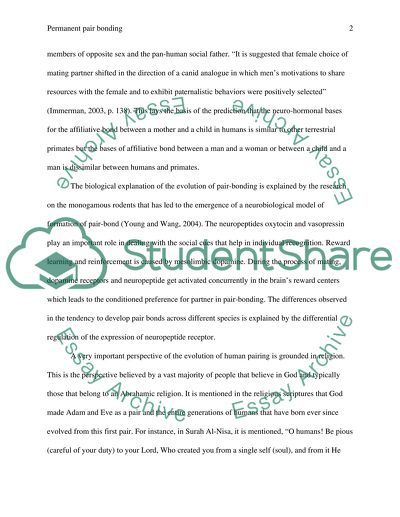Cite this document
(“Permanent Pair Bonding Research Paper Example | Topics and Well Written Essays - 1750 words”, n.d.)
Permanent Pair Bonding Research Paper Example | Topics and Well Written Essays - 1750 words. Retrieved from https://studentshare.org/anthropology/1476717-permanent-pair-bonding
Permanent Pair Bonding Research Paper Example | Topics and Well Written Essays - 1750 words. Retrieved from https://studentshare.org/anthropology/1476717-permanent-pair-bonding
(Permanent Pair Bonding Research Paper Example | Topics and Well Written Essays - 1750 Words)
Permanent Pair Bonding Research Paper Example | Topics and Well Written Essays - 1750 Words. https://studentshare.org/anthropology/1476717-permanent-pair-bonding.
Permanent Pair Bonding Research Paper Example | Topics and Well Written Essays - 1750 Words. https://studentshare.org/anthropology/1476717-permanent-pair-bonding.
“Permanent Pair Bonding Research Paper Example | Topics and Well Written Essays - 1750 Words”, n.d. https://studentshare.org/anthropology/1476717-permanent-pair-bonding.


